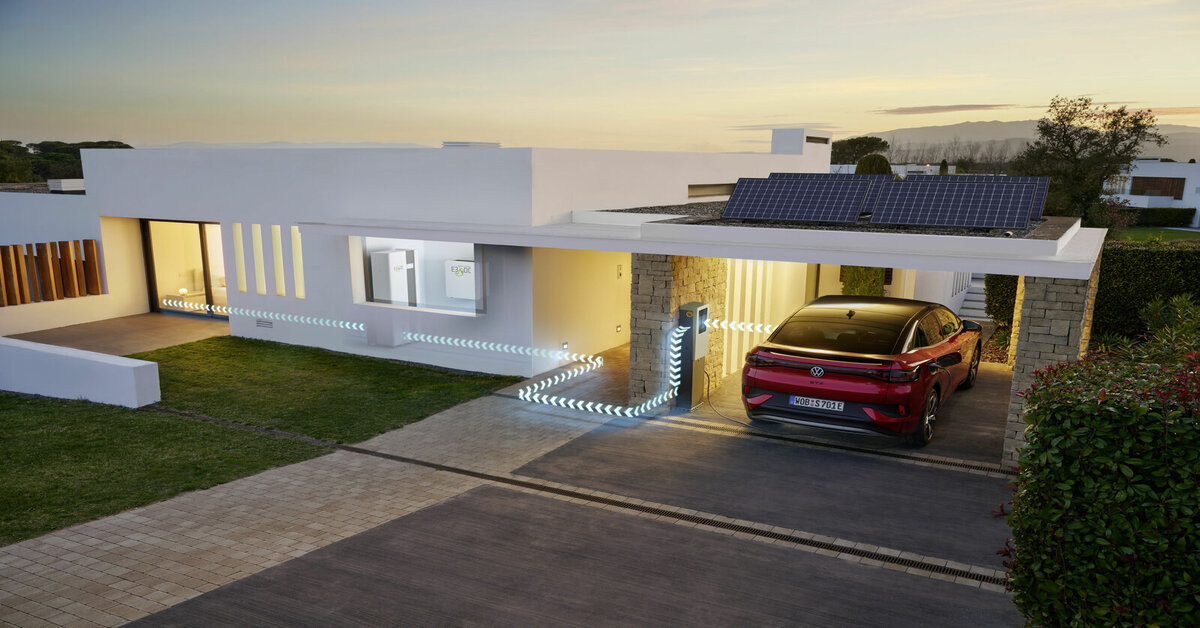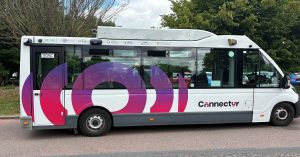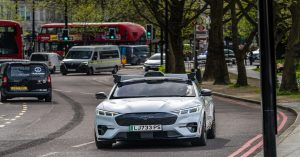Volkswagen, in collaboration with HagerEnergy GmbH, has embarked on an innovative bidirectional charging pilot project in Sweden, aiming to revolutionize the way power is supplied to an entire housing estate using electric vehicles (EVs) and accompanying charging infrastructure. The forward-thinking initiative is currently underway in the Stenberg housing estate located in Hudiksvall, Sweden, with residents already reaping the benefits of this cutting-edge technology.
The crux of this groundbreaking project lies in bidirectional charging, a transformative approach that turns EVs into mobile energy storage units. Through bidirectional charging, electric vehicles not only draw power from the grid but can also discharge excess energy back into it, essentially functioning as rolling energy storage systems. This dual capability enhances the flexibility and resilience of the energy grid while offering a novel solution to address the challenges of energy storage and distribution.
Volkswagen has also unveiled its commitment to bidirectional charging with the announcement that the first ID. models supporting this technology are now available. This feature will be integrated into all new models equipped with the 77 kWh battery (net) and running ID. Software 3.5 or higher. Furthermore, the company is set to activate this function for previously delivered vehicles once they receive the ID. Software 3.5 via a convenient over-the-air update.
Imelda Labbé, a Volkswagen Board Member overseeing Sales, Marketing, and After Sales, emphasizes the brand’s proactive role in shaping the energy transition through innovative products and services centered around electric cars. With the introduction of bidirectional charging, Volkswagen offers a tailored service that caters to the evolving needs of customers. Labbé highlights the dual benefits for customers – not only can they save on energy costs, but they also play a pivotal role in contributing to the sustainable use of energy resources.
The Stenberg housing estate in Hudiksvall serves as a living testament to the practical implications of bidirectional charging. Residents of the estate are already experiencing the advantages of this forward-looking technology, which not only supports their individual energy needs but also contributes to the broader goal of creating a more sustainable and efficient energy ecosystem.







